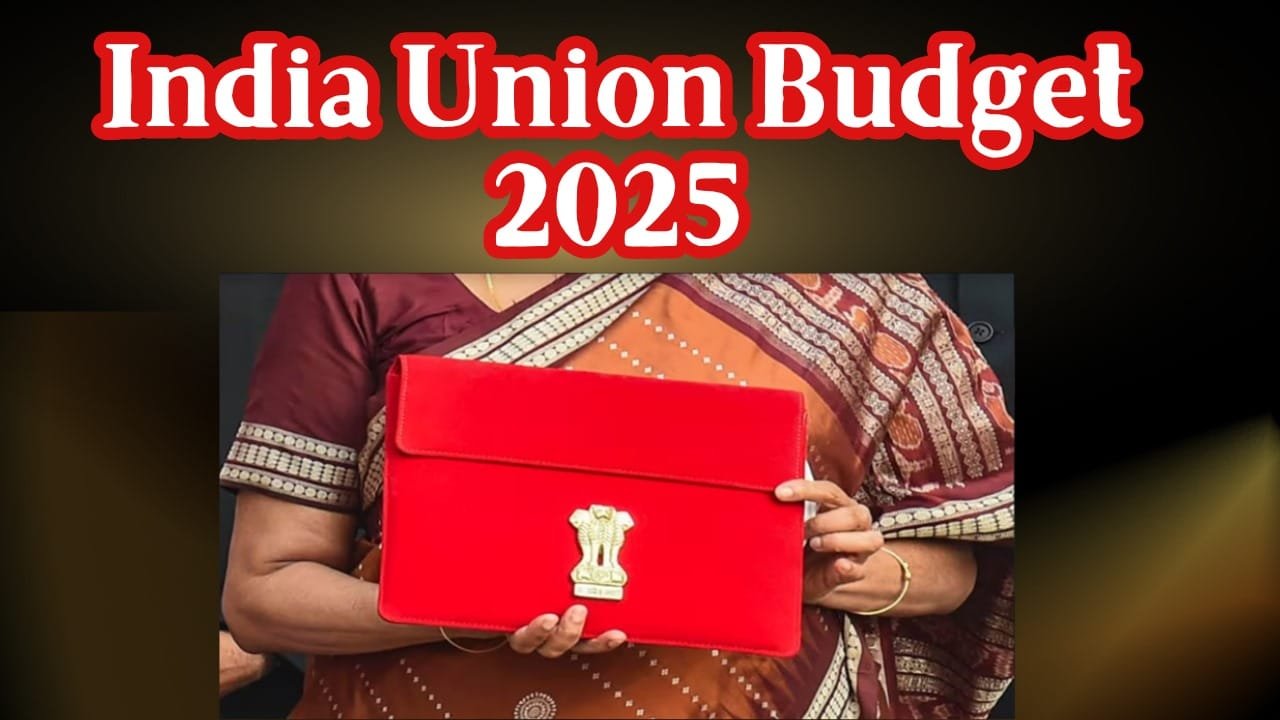Key Announcements and Detailed Analysis
Key Announcements and Detailed Analysis The Union Budget 2025, presented by Finance Minister Nirmala Sitharaman, marks a significant step toward economic growth, social welfare, and fiscal consolidation. With a focus on tax relief, agricultural reforms, manufacturing incentives, and digital infrastructure, this budget aims to balance economic expansion and social equity. Here’s a detailed breakdown of the key announcements and their implications.
Income Tax Reforms: Relief for Middle-Class Taxpayers
One of the biggest highlights of Budget 2025 is the revision in income tax slabs under the new tax regime:
New Tax Regime (Post Budget 2025-26)
- Zero to ₹4,00,000—No Tax
- ₹4,00,000 to ₹8,00,000—5%
- ₹8,00,001 to ₹12,00,000—10%
- ₹12,00,001 to ₹16,00,000—15%
- ₹16,00,001 to ₹20,00,000—20%
- ₹20,00,001 to ₹24,00,000—25%
- Above ₹24,00,000—30%
Old Tax Regime (No Changes Announced, for Individuals Below 60 Years of Age)
- No income tax on annual incomes up to ₹2,50,000
- ₹2,50,001 to ₹5,00,000—5%
- ₹5,00,001 to ₹10,00,000—20%
- Above ₹10,00,000—30%
Other Key Tax Announcements:
- The proposal to allow two self-occupied properties to be valued at nil for tax purposes: Previously, only one self-occupied property could be exempt. Key Announcements and Detailed Analysis Now, individuals owning two self-occupied properties can avail of the same benefit, reducing their tax burden.
- The TDS threshold on rent has been raised to ₹6 lakh: Key Announcements and Detailed Analysis This ensures that tenants paying rent below ₹6 lakh annually will not have to deduct TDS, simplifying compliance for both tenants and landlords.
- The TCS threshold limit on LRS remittances has been increased from ₹7 lakh to ₹10 lakh: This benefits individuals making overseas remittances for education, travel, or investment, reducing their tax deduction at source.
- The government has extended the time limit to file updated tax returns from two years to four years: This allows taxpayers additional time to rectify errors or omissions in previously filed returns, reducing the chances of penalties and legal disputes.
Implications:
These measures provide significant relief for middle-class taxpayers, encourage real estate investments, and simplify tax compliance. The extension of the updated tax return timeline ensures better compliance and reduces litigation risks.
- Agriculture & Rural Development: Empowering Farmers
- Dhan Dhanya Krishi Yojana: Key Announcements and Detailed Analysis A new agricultural scheme covering 100 districts, benefiting 1.7 crore farmers. It focuses on increasing productivity, modernizing agricultural practices, and reducing migration by providing rural employment opportunities.
- Kisan Credit Card Loan Limit Increased from ₹3 lakh to ₹5 lakh: This gives farmers easier access to funds for purchasing seeds, fertilizers, and machinery, improving agricultural efficiency.
- National Mission for Edible Oilseeds: The government aims to reduce import dependency by increasing domestic production of edible oilseeds, promoting self-sufficiency in the sector.
- Atmanirbharta Mission for Pulses: A six-year plan to achieve self-reliance in pulses production, ensuring a steady supply and stabilizing market prices.
- Financial Support for the Western Kosi Canal Project in Bihar: This infrastructure development project will enhance irrigation facilities, boosting agricultural productivity in the region.
- Makhana Board Established in Bihar: This initiative supports value addition and processing of makhana (fox nuts), benefiting local farmers and increasing export potential.
Implications:
These measures will boost agricultural productivity, ensure food security, and improve rural employment. The financial support will help farmers transition to sustainable and profitable farming models.
- Manufacturing & Industry Growth: ‘Make in India’ Boost
- Toy Manufacturing Scheme: Key Announcements and Detailed Analysis India aims to become a global hub for toy manufacturing by developing clusters and improving skills. This initiative will promote domestic production and reduce reliance on Chinese imports.
- Footwear & Leather Industry Scheme: This scheme is expected to generate employment for 22 lakh people and boost exports to ₹1.1 lakh crore by enhancing production capabilities and improving global competitiveness.
- Manufacturing Mission: Focused on solar PV cells, electrolysers, and grid-scale batteries, supporting India’s transition to renewable energy sources.
- Deloitte’s CleanTech Focus: This initiative aims to increase manufacturing GDP contribution from 16% to over 20%, helping India become a manufacturing powerhouse.
Implications:
The focus on domestic manufacturing will reduce dependency on imports, create jobs, and strengthen India’s position in global trade.
Conclusion: A Balanced Budget with a Growth-Oriented Approach
Budget 2025 strikes a balance between fiscal prudence and economic expansion. With a focus on taxation, agriculture, MSMEs, infrastructure, and digital economy, the budget lays the groundwork for a resilient and prosperous India. Key Announcements and Detailed Analysis The successful implementation of these policies will determine India’s economic trajectory in the coming years.
For More Information : https://taxgyany.com/

